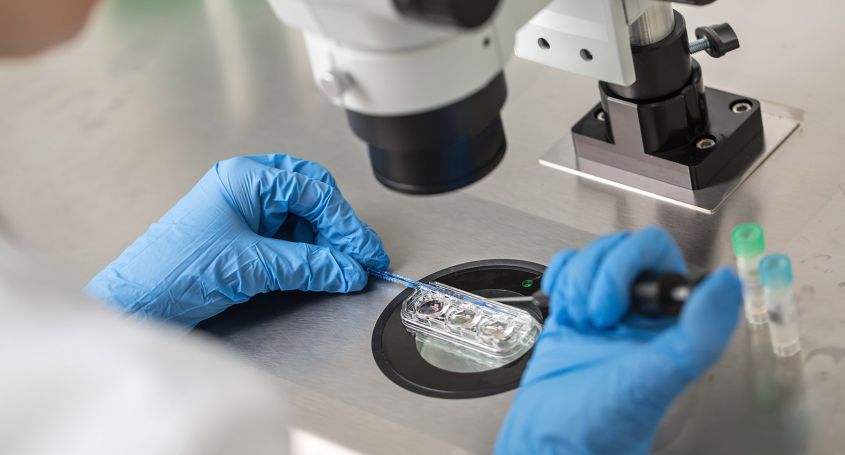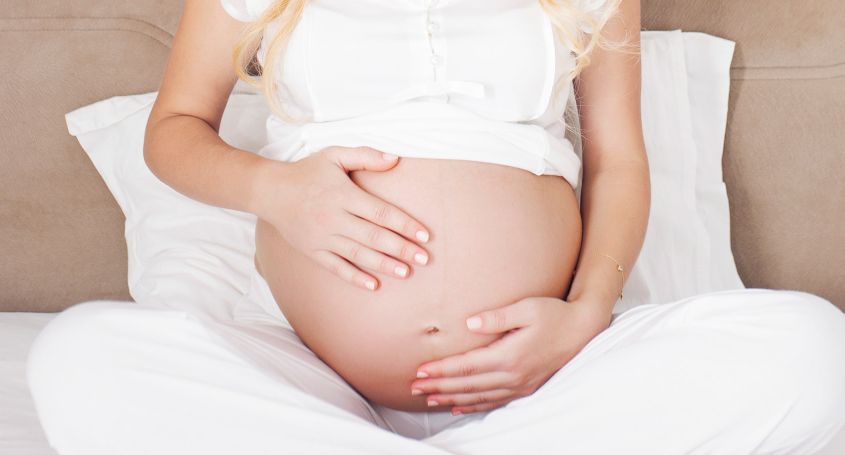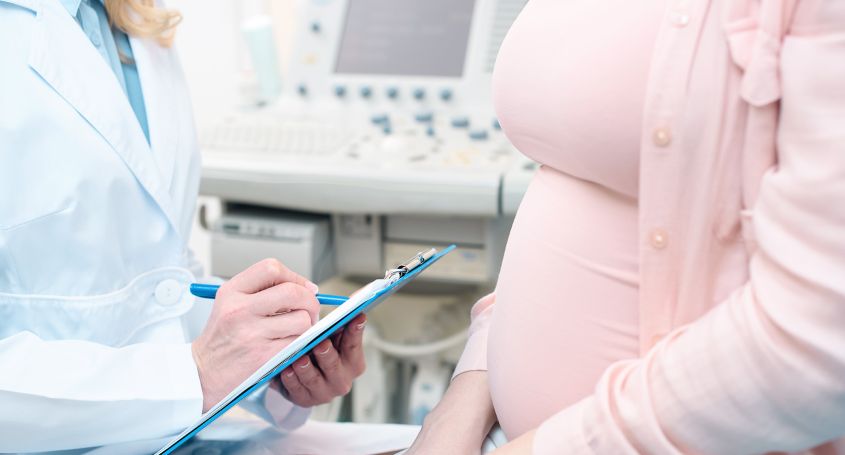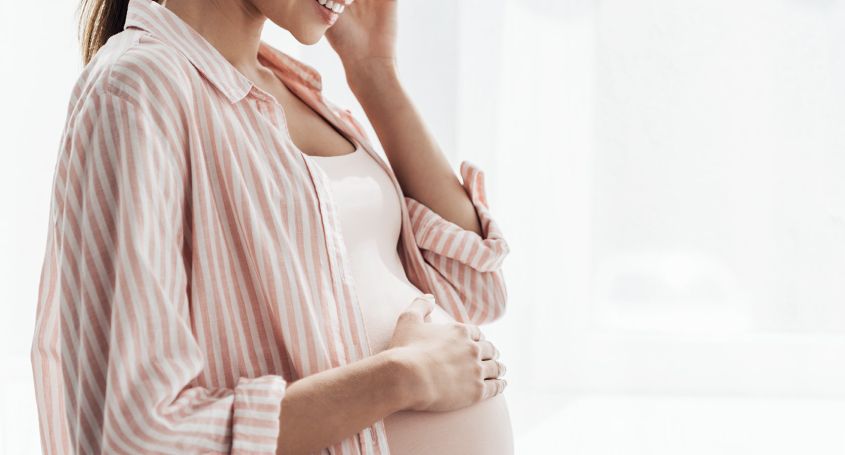The variety of existing techniques in assisted reproduction sometimes can cause further confusion. Artificial insemination and In Vitro fertilisation (IVF) are two very known methods but they can raise doubts. To avoid such a thing, let us explain to you what technique lies in.
Process
Artificial insemination consists of a fertility treatment in which a sperm sample is placed inside the uterus of the women while she is ovulating. The sperm sample, from the partner or the donor, is prepared in our laboratory in order to select the best sperm cells.
In Vitro fertilisation (IVF) is an assisted reproduction treatment where the eggs are fertilized with sperm in the laboratory.
Therefore, in the first technique, fertilisation is done within the woman’s body while in the second one, as you can appreciate, fertilisation is done in vitro which means outside the woman’s body.
Level of complexity
Regarding the simplicity of each technique, In Vitro fertilisation is more complex since it requires the egg collection and fertilisation, which is done in the laboratory, to transfer the resulting embryos into the uterus. While for artificial insemination, there is no egg collection.
Number of attempts
Artificial insemination can be repeated in each cycle and it is not necessary to have one month off to increase success rates.
Regarding In Vitro fertilisation, ideally you should wait until the ovaries return to their normal condition before stimulating them again. It is recommended to wait a couple of cycles before performing another treatment. There is no limit to the number of In Vitro fertilisations but it is usually not more than 3. It is convenient to re-evaluate the case after each cycle in order to determine whether more tests are necessary.
Price
The price of the treatment is usually important when you choose from several options but not in this case. Even if artificial insemination is cheaper than In Vitro fertilisation, each technique is recommended by the specialist who has into consideration which treatment is better for you according to your circumstances. For this reason, it is really important to rely on professionals such as Barcelona IVF team.
Positive results
The rates for pregnancy achieved with artificial insemination depend on the patient’s age. These rates are similar to those a non-sterile couple have during a natural cycle meaning around 20-25>#/b### depending on the source of the sperm.
The success rates for In Vitro fertilisation depend mainly on the woman’s age, but it can be said that they can achieve a 82.3>#/b### of success among women younger than 35 years old. For women up to 42 years old and even though the success rates decrease, they are about 60%.
Possible risks
There are always possible associated risks to most treatments but they are decreasing more and more due to a better individualization and follow-up of the patient.
The main risk of artificial insemination is a multiple pregnancy, which will depend on the number of follicles that develop during the stimulation phase. This risk is manageable with ultrasound monitoring during the treatment.
In Vitrofertilisation can cause some more risks than artificial insemination and they could be:
- Hyperstimulation syndrome may occur due to the excessive response of the ovaries to the medication. This risk is currently minimal since individualized protocols are performed.
- Bleeding can occur, which is generally self-limited. In rare occasions surgery will be required to solve this.
- Multiple pregnancy, although, the single embryo transfer policy is helping to considerably reduce considerably the number of multiple pregnancies.
It is really important when a treatment is chosen to be advised by a professional team that will indicate you which technique is the best for you. For this reason, here in Barcelona IVF we work every day to offer the highest quality whether in the implementation of the treatments or in the human treatment towards our patients.















